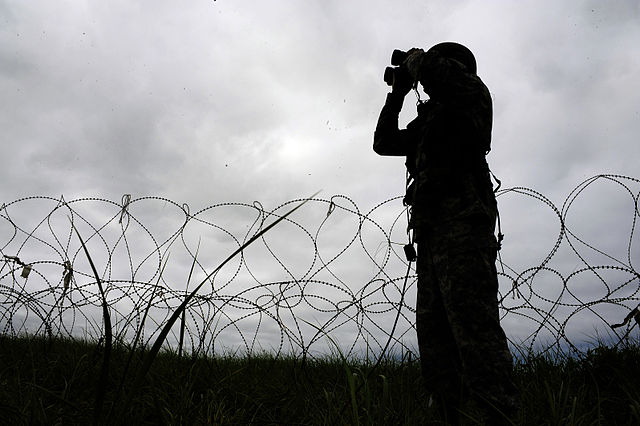
The U.S. invasion of Iraq was ordered in 2003, under the government of George Bush, with the pretext that Saddam Hussein, its then president-dictator, had weapons of mass destruction under his control. Whether he had them or not was unclear, as all the world — except the U.S. government — knew.
Then, the North American presence promised to give Iraq democracy, which 11 years later doesn’t exist; unity between the Kurds, Shiites and Sunnis, which today is more distant than ever; economic development, still beyond reach; and political stability — which would secure and protect U.S. interests — remains an illusion.
So all of the premises for U.S. action in Iraq break down as this column is published. The United States used a misleading argument, the presence of weapons of mass destruction in Iraq, to get rid of a president that — as bad as he was — kept his country united. Hussein, a dictator of the worst kind, had this virtue: He gave stability to Iraq in addition to dealing with radical Islamists.
The real reasons for the invasion, confirmed almost immediately afterward, were to get rid of an inconvenient Arabic leader at the head of an oil country, as Hussein was, and to control a part of those million-dollar resources.
First, the United States utilized air raids to destroy highways, schools, refineries, bridges and factories; then, with the resources that came from Iraqi oil, the U.S. hired North American companies with ties to their military complex in order to … rebuild those highways, schools, refineries, bridges and factories — all under allegations of price inflation. And inefficiency. Many works remain half-done despite the fact that they have been in progress for years.
A little more than a decade after the U.S. invasion, Iraq is in danger of having its unified state dissolved. The Kurds, savagely hounded by Saddam, seek their independence — something they in fact already have to a high degree. The Kurds control Kirkuk in the north of the country, along with its enormous oil reserves.
But primarily, there is the challenge of the Islamic State of Iraq and the Levant (ISIL), a new radical Islamist entity. So quick and efficient has been its advance in Iraq and in its neighbor Syria, defeating various flanks of both countries´ armies, that they have announced the creation of a new Islamic nation. They proclaim this territory is now governed according to their strict interpretation of Islamic law, and extends from Aleppo in the north of Syria to Diyala in the east of Iraq. Some observers don´t take this declaration very seriously, being of the opinion that a state isn´t really created in such a way and that the Syrian and Iraqi armies could take back the territories that ISIL now controls. But it cannot be denied that this entity is already an unavoidably real part of Iraqi life and the rest of the Middle East.
The United States, with its warmongering policies, encourages instability in the Middle East, despite saying it seeks to do otherwise. In the past and now today, the U.S. has supported the least democratic leaders. On the one hand, it backs monarchist dictators like that of Saudi Arabia, a country that has brutally suppressed its people, and on the other, it supports Israel, a country that doesn´t show any interest at all in resolving the dispute with its Palestinian neighbors.
In Iraq, the United States gambled on Nouri al-Maliki, who won two elections but didn´t provide democracy: His regimen is considered corrupt, inefficient and authoritarian, and furthermore, it has spurned the Sunnis, many of whom today identify with ISIL. Together with the United States, Nouri al-Maliki is responsible for the collapse of his country.
Eleven years after the North American invasion, who will return the half a million lives lost, directly or indirectly, from this war? Who will give back the billions of wasted dollars? Who will return stability? Who will stop the suffering?

Leave a Reply
You must be logged in to post a comment.